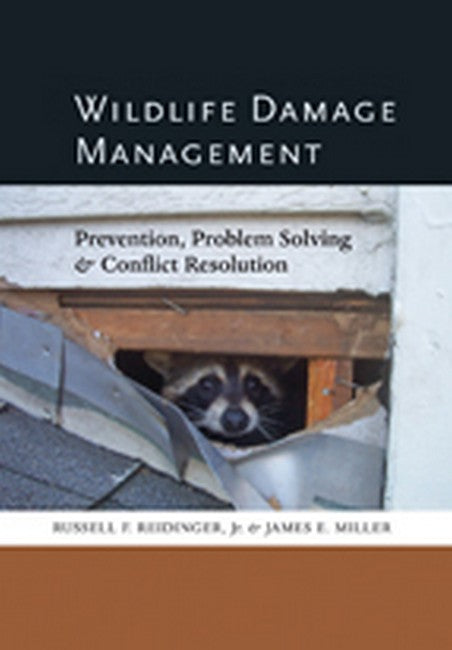Whether you are a student in a wildlife degree program or a professional wildlife biologist, you will find all the up-to-date information on wildlife damage in the pages of this clear, comprehensive text. Wildlife Damage Management includes topics such as pertinent biological and ecological concepts individual-, population-, and ecosystem-level effects survey techniques management methods human dimensions economic issues legal and political aspects damage management strategiesExperts on the topic, authors Russell F. Reidinger, Jr., and James E. Miller explain the evolution of wildlife damage management, differentiate fact from myth, and detail the principles and techniques with which a professional in the field should be familiar. They cover both plants and animals, North American as well as exotic invasive species, zoonotic diseases, damage to crops, livestock, and property and threats to endangered or threatened fauna and flora. In recent years, the rate of unwanted human-wildlife interactions has risen in many areas, owing in part to the expansion of residences into places formerly wild or agricultural, making wildlife damage management even more relevant.From suburban deer eating gardens and shrubs, to mountain lions threatening pets and children, to accidentally introduced species outcompeting native species, Reidinger and Miller show how proper management can reduce wildlife damage to an acceptable, cost-effective level. Readers will discover the history of this applied discipline, explore the latest research, and learn general principles. An extensive section on available resources, a glossary, and detailed figures explain terms and concepts. The end-of-chapter questions will allow students to ponder ways wildlife damage management concepts can be put into practice. Instructors will find this text arranged perfectly for a semester-long course. Biologists and managers working professionallyfor federal, state, or international agencies, as wildlife control operators, or as wildlife consultantswill discover a reference book destined to set the tone of wildlife damage conversations for the next decade and beyond.

